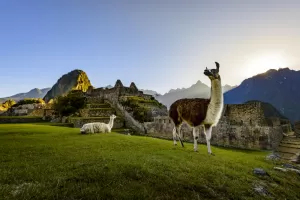Travel made your way. Inspired. Authentic. You.
Tailored to You
Bring your travel interests and dreams, then let our experts tailor the perfect trip for you! Off-the-beaten path locations, local culture, wildlife encounters, and private access are our specialties. We can help you explore ancient sites like Machu Picchu, Angkor Wat and Tikal, or explore urban Shanghai or Cape Town. From chartering a small ship in Alaska with family to arranging high-adrenaline adventures in the wilds of Patagonia or Costa Rica, we can make your ideal getaway happen.
More Videos
Get Inspired
Our trips span the globe, giving us the ability to plan your travels to even the most remote places. Think Antarctica, Galapagos, Patagonia, the Arctic, or the Amazon are obscure destinations? They happen to be a few of Adventure Life’s specialties, and our Trip Planners have actually traveled to all of these! Don’t know where you want to go? Our experts have the discernment to help you figure that out, too.
Help Me Plan My Trip
Travel Leaders
Constant research, site visits and attention to detail allow us to continually exceed expectations. The travel world has noticed with recognition by National Geographic, Outside Magazine, Travel + Leisure, among others. Our personal experiences, local partners in our destinations and affiliation with over 150 small ships gives us exclusive access that is invaluable in designing customized adventures. Operating trips for over 26 years, we have the expertise and dependability you can trust.
About Us




Follow our specialists as they share their photos, stories and travel tips!




/sm.webp)

























